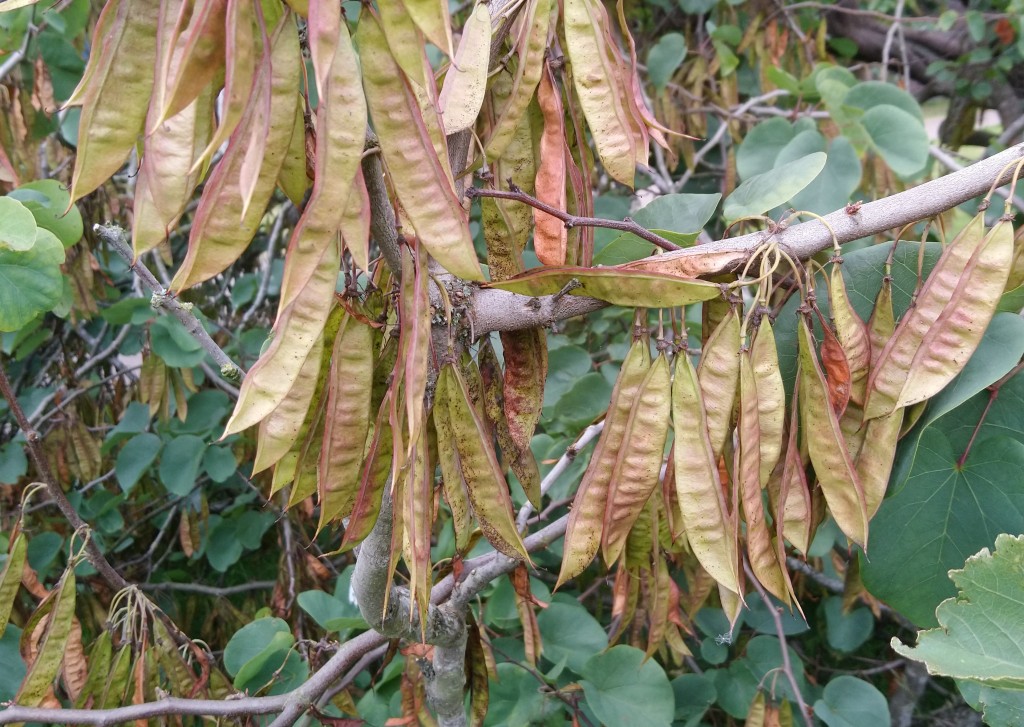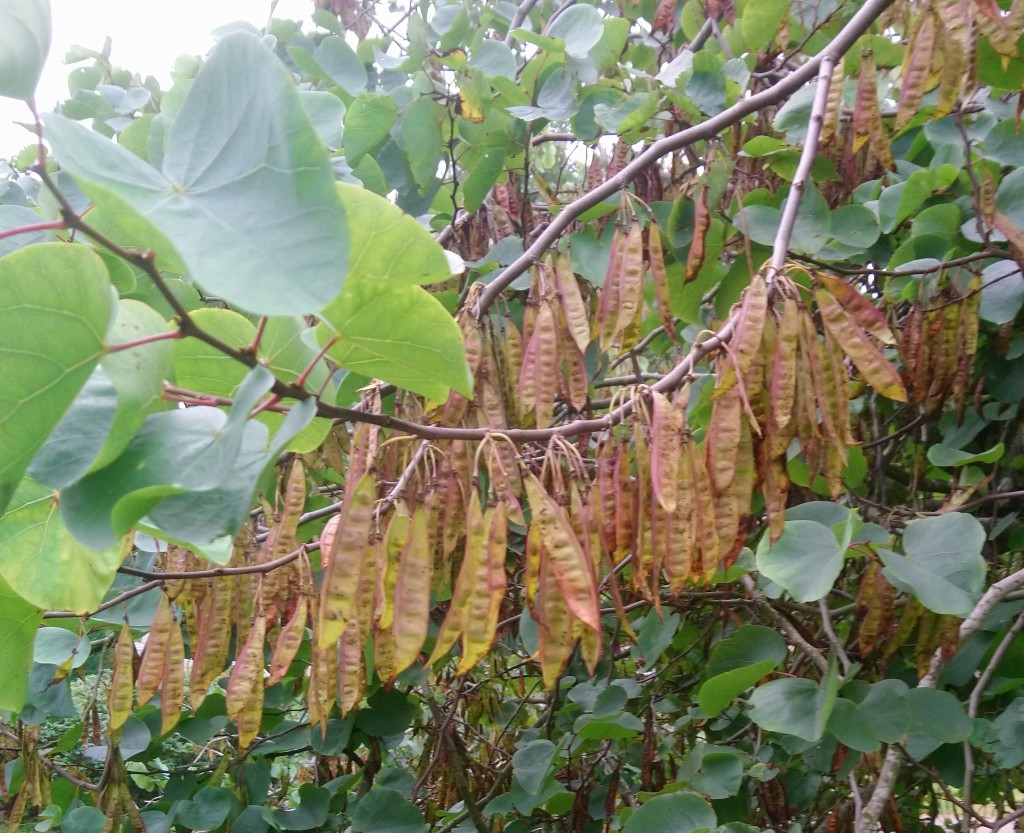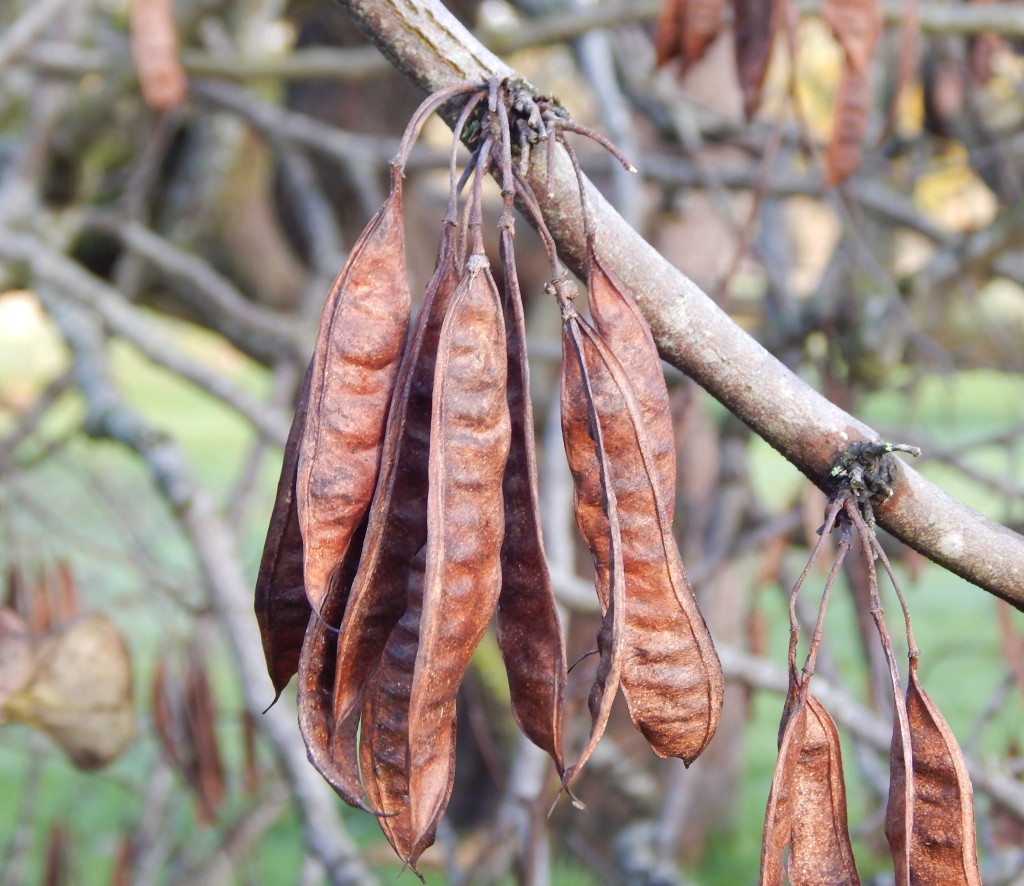
[076] Cercis siliquastrum, Judas Tree
Introduction
Cercis siliquastrum, the Judas Tree, is a small deciduous tree native to Southern Europe and the Middle East. It is also known as the European Redbud.
Taxonomy
Kingdom – Plants
Division – Vascular Plants
Class – Angiosperms (Flowering Plants)
Order – Fabales (Fabaceae and three other small families)
Family – Fabaceae (Legumes or Beans)
Subfamily – Cercidoideae
Genus – Cercis
Scientific Name – Cercis siliquastrum
Name
There is a myth that Judas Iscariot hanged himself from a tree of this species, causing its flowers to turn red. The name is also associated with the way that flowers and seedpods dangle from the tree, reminiscent of hanging. Perhaps more likely is a corruption of the French name Arbre de Judée, meaning Tree of Judea, from its local origins.
Cercis comes from the Ancient Greek kerkis meaning shuttle (the tool of a weaver) and siliquastrum comes from the Latin siliqua meaning a pod. Both of these could apply just as well to the other 20 000 species in the Fabaceae family.
Legumes
The family Fabaceae are legumes. which include many foods cultivated for human consumption of for livestock or silage – peas, many types of beans, clover, alfalfa, chickpeas, lentils, soybeans, peanuts and others. They produce fruits in long pods that split along the sides to release the seeds.

They also play an important role in nitrogen fixing and in crop rotation. Varieties of legumes have been cultivated for at least five thousand years.
Description
The unusual thing about Cercis is that its deep pink flowers appear directly from branches or from the trunk. They are produced in spring on year-old or older growth, before the leaves appear.
The leaves are cordate (heart-shaped) with a blunt apex.

Habitat and use
The Judas Tree is native to eastern parts of the Mediterranean.
Cercis siliquastrum can be cultivated as an ornamental tree and is available in several varieties, producing flowers in various colours from white to purple.
Other members of the genus Cercis, native to eastern Asia or America, are also cultivated. These are generally known as redbuds,
Other Notes
This species was new to me when I discovered this sprawling tree in a local park. I walk past it almost every day.







I thought this the only Judas Tree I knew until I looked closely at this smaller tree next to it, which is obviously a much younger tree.


See also
I will let you look out for more legumes in the Fabaceae family but they won’t be any of the cultivated food crops.
